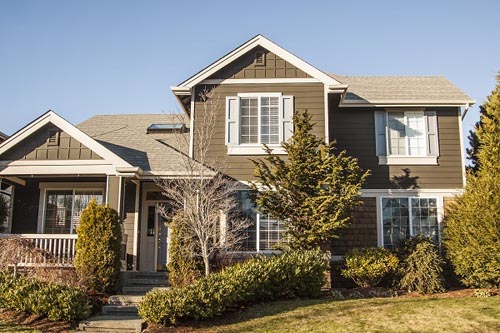DIY Concrete Foundation for Your Add On
August 13, 2015 Guest Post
Having a good foundation is important for any structure, even a tiny shed or a minor add-on to your home. A strong foundation will help hold a building in place and keep it together for as long as it is needed. It will also help a structure resist soil changes that can stem from changes in climate, and help you maintain your property’s value.
Why Concrete?
Often, homeowners are hesitant to use concrete when they build a foundation. Concrete can be expensive and difficult to use, especially for those living in remote regions.
The best concrete has to be transported by truck, kept on-site in a concrete mixer, and used quickly before it dries out. The results are worth the trouble, however, as concrete makes a much better foundation than cement blocks. While concrete blocks are a cheaper and easier alternative, they are also vulnerable to water and soil that can seep into the cracks between blocks. A steel-enforced concrete foundation is much more solid and durable.
Building Your Own Foundation
Building your own foundation is easier than you may think, especially for a small structure. You will most likely need a foundation that is at least three feet deep. This is ideal for poor soil conditions or if you are building on a hill as opposed to level ground.
Once you have determined how deep your foundation needs to be, it’s time to dig to the proper depth and set your footings. The footings should be about two feet across, and there should be two feet on either side of them. For best results, the formwork for your footings should be steel or rebar, as that will give you a much better foundation. Since you won’t be able to adjust your formwork once the concrete has been poured, make sure that they are firmly in place and strong enough to withstand the concrete.
After placing your formwork, your next step will be to mix the concrete. There are a few different kinds of concrete, and as we said before, the best concrete will have to be pre-mixed and transported by truck. For a smaller project, you should be fine with the kind of dry cement that can be found in most large hardware stores. Just dump the cement into a wheelbarrow, slowly add water, and stir constantly. The mixture should be chunky, not soupy.
When your concrete mixture is at the proper consistency, pour it into your form and use your trowel to level it off and smooth it over. If you want your foundation to have a non-slippery surface, you can also make grooves in the wet concrete with your trowel.
Once your concrete is in place, it will take at least 24 hours to dry. You will want to keep it wet for a few days though; this will prevent it from cracking as it dries. This should be done with a hose at least twice a day, three times if it is hot outside. If you’re afraid that it will rain, cover your foundation with a tarp; rain can make depressions in wet concrete and give you an uneven foundation.
This article was written by home improvement blogger, Jared Miert. If you are building in the Texas area, check out Texas Iron and Metal for the best price on supplies.
Share it with Your Friend





